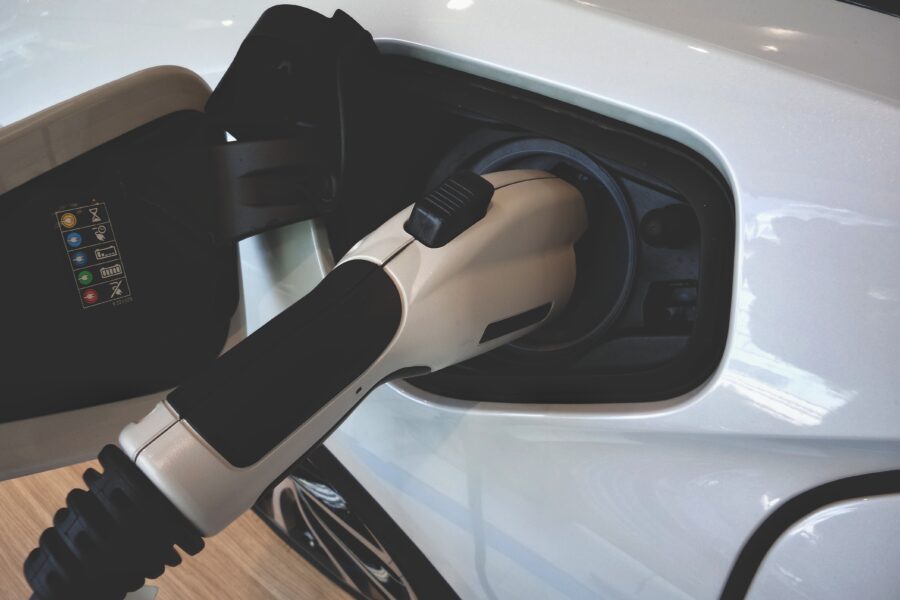AUTO ELETTRICHE

Alternative and green materials: what the electric cars of the future will look like
Spotlight on copper at the recent 62nd FARO Club, held June 21-22 at the CSMT Innovative Contamination Hub in Brescia, Italy. Indeed, the red metal is among the nonferrous metals for which the highest explosion in global demand is expected in the coming years with public and private investment plans for electrification and the achievement of energy transition goals in many countries around the world. At the moment, however, in the current economic climate copper, as well as most industrial metals, is suffering a slowdown in most international markets, including the driver China.
World demand for refined copper in 2022 was 25.3 million tons, according to data from the International Study Copper Group. China now accounts for 60 percent of the total market. From a circular economy perspective, it is interesting to note that for Copper Alliance, recycling has averaged about one-third of global demand over the past decade.
World reserves of copper, i.e., the ore that can actually be mined economically with existing technologies, amount to 870 million tons according to the U.S. Geological Survey. Chile, Australia, Peru, Russia and Mexico are the countries with the highest reserves. While copper mineral resources on the planet, depending on the sources, range from 2.1 to 5 billion tons..
The Q3 scenario for copper from FARO Club’s Intermarket Nonferrous Metals forecasts 40% probability of a price range of $6,950 to $7,850/tons. Price range expected $7,850-8,600/tons at 35 percent and $8,600-9,250 at 25 percent.
Interesting at the 62nd FARO Club Main Meeting was the testimony on demand trends from Soraya Pintor Requena, Director of Raw Materials Procurement at Cunext GrouP, a major international player in copper and aluminum processing for many industries:
“Situation not good in construction. Automotive is recovering, albeit slowly. While in the EU area, demand remains strong in energy with large infrastructure projects supported with public funds.”
Importantly, copper has been included in the list of critical commodities in the U.S. and EU: “In the next 4-5 years there will be balance between supply and demand for copper, but from 2028 a deficit is expected in the absence of investment in capacity increases.”
Soraya Pintor Requena then pointed out that for the first time in a metals conference attended by government officials from various countries, there was talk of mining research in the seabed and a deposit to be explored, “However, this is a perspective on 30-40 years.”
On the other hand, Massimo Vincenzi, head of the Sales Department of Italian copper semi-finished products specialist Carlo Colombo spA, pointed out that following the recent accident at Boliden’s Ronnskar smelter in Sweden, it will be necessary in the short to medium term for the European market to find metal elsewhere. While for the world market to recover, it is still necessary to wait for Chinese demand to restart.
Copper for power grids, renewable energy production and storage, e-mobility, railway infrastructure, construction, data centers, etc. According to S&P Global, world demand for the so-called “red gold” will double within ten years: by 2035 it will be 35 million tons per year, and it will continue to grow in the following years.
The European Union predicts that by 2050 demand could even quadruple (expected fluctuations from +213% to + 341%, source: Science for Environment Policy, European Commission DG Environment News Alert Service, SCU – The University of the West England, Bristol).